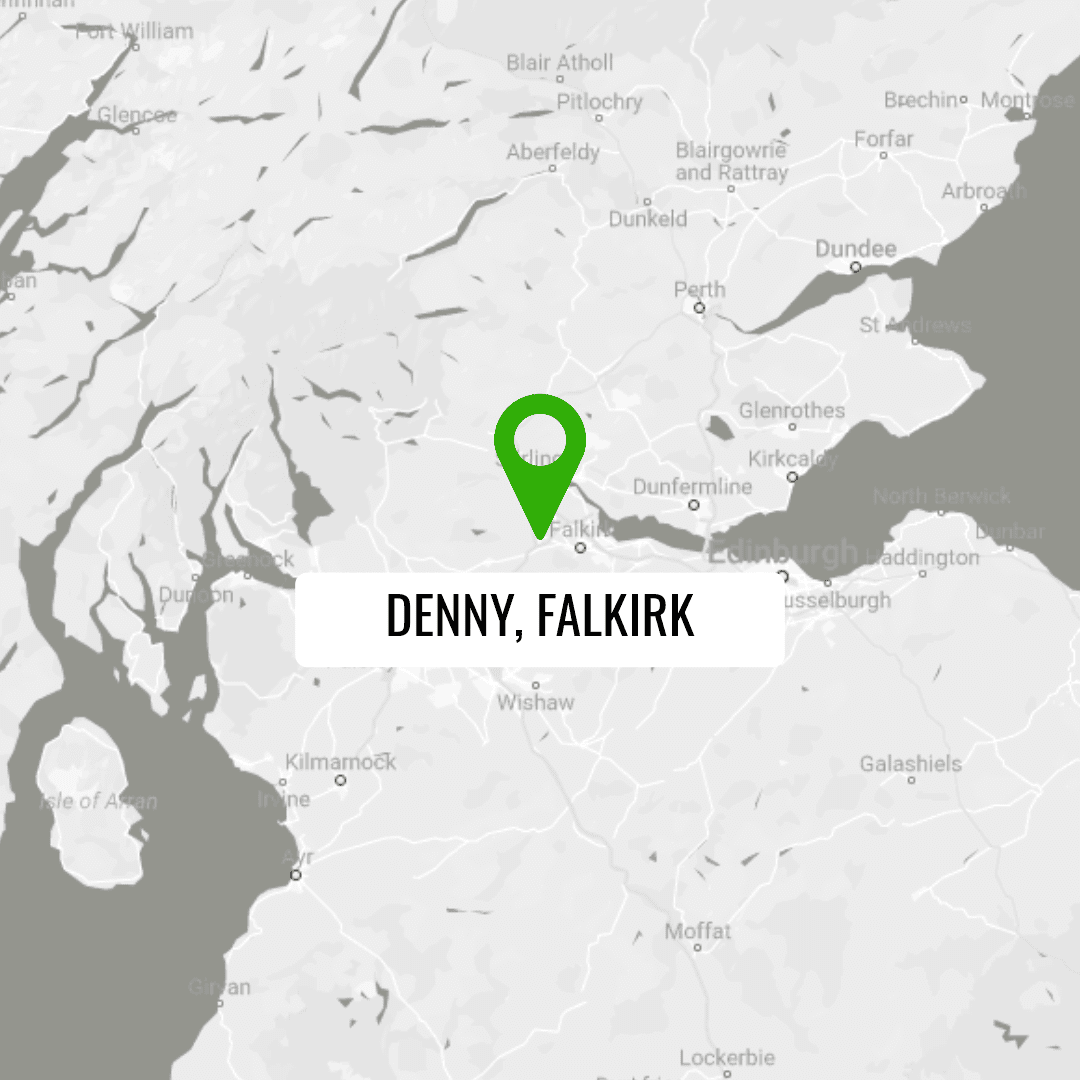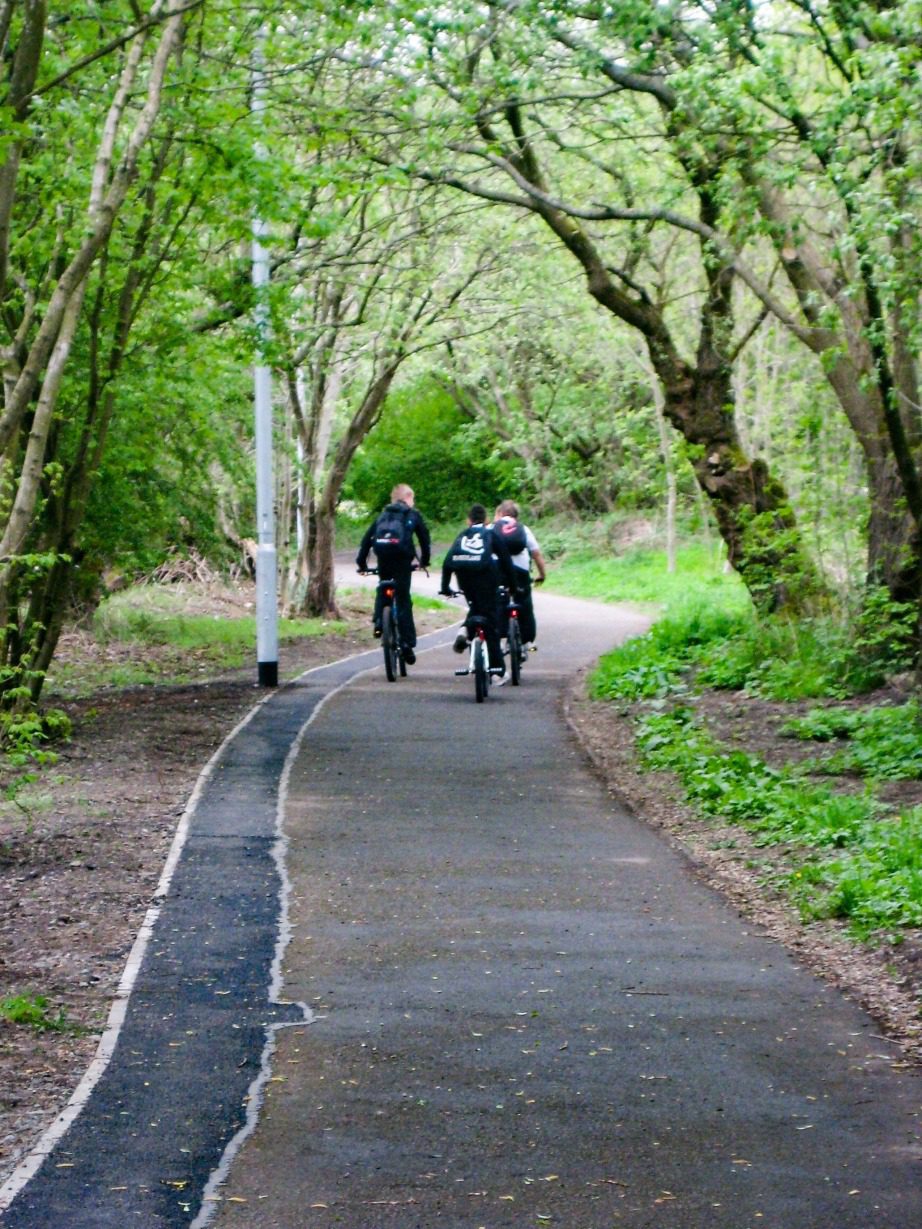Completed project
We were commissioned by Falkirk Council to develop this safe active travel route in Denny.
Client and funding
On behalf of Falkirk Council, we commissioned a feasibility study to investigate options for developing safer active travel routes, particularly for children and parents, following the relocation of Denny High School.
This led to a project to upgrade a key access route between Dunipace and Denny High School to provide safer access and encourage more people to walk, wheel and cycle to school and other local amenities. We developed this project by working with partners including Denny Community Council, Falkirk Council, Sustrans and Community Green Initiative (a local community group).
Funding was provided by Sustrans Scotland, LEADER and Falkirk Environment Trust.

What was achieved
The project delivered multiple outcomes, across these key areas:

New routes provided a safer and more sustainable way to travel for pupils and the community.
We carried out greenspace management works alongside the path to enhance safety and accessibility.

This £250,000 programme of work supported the upgrading of the 2.8km long footpath that follows the course of the former railway line between Rosepark Community Woodland and Démorham Avenue. The package of upgrades focused on the travel needs of the pupils attending the new Denny High School and St Patrick’s Primary School.
The project aimed to:
We secured funding in 2006 and the path was officially launched in September 2010.
From feasibility studies to forests, grant management to greenspace, we can help to make your project a reality. It all starts with a conversation, so contact us now to get started.